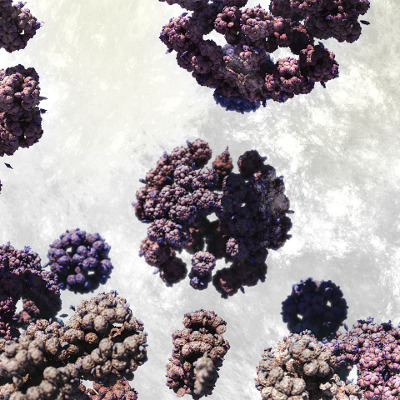Microfluidics & Modelling for Investigating Cellular Heterogeneity

University of Bath: David Tosh
University of Bristol: Craig McArdle
Cardiff University: Xin Yang
University of Exeter: Stefano Pagliara (PI)
Background
Clonal microbial populations feature cell-to-cell differences in gene expression, growth rate and resistance to stress. Such heterogeneity can have huge implications in health and disease but also for our basic understanding of biology. The heterogeneity in the response to antimicrobial drugs can enable survival of a few bacterial cells which then seed a drug-resistant population; it also poses a significant challenge for cancer therapies; and it is a major hurdle in the use of pluripotent stem cells as a model system of disease and development.
Recently there has been a growth of interest in dissecting cellular heterogeneity. A major driver of this has been the development of microfluidic technologies that enabled the study of single cells in precisely controlled environments. Equally important has been the contribution of mathematical modelling to quantify how various molecular processes contribute to response heterogeneity. Currently, endeavours to understand cellular heterogeneity in various contexts evolve distinctly, and the formulation of an active collaborative network between cell-biologists, physicists, engineers and mathematicians, would allow the sharing of best practice and ideas related to on-going research and to open up new research endeavours.
Project summary
The community brought together researchers working on cellular heterogeneity across the GW4 Universities and beyond. It held a two-day symposium to discuss the state of our knowledge regarding cellular heterogeneity and the tools that different academics and industrial partners are using to investigate this phenomenon. The symposium fostered existing links across the four GW4 Institutions and generated new collaborations. As a group we have now a better understanding on what is available in terms of instrumentation and know-how within the GW4 and this information will be pivotal to develop future inter-institutional bids.





